Language Issue, Surface Magazine
February 17 – April 20, 2005
Featured in online magazine. 2/17-4/20/05. [5 pieces: ‘Running from Dick Tator Ship’, ‘Seven Billion, in the Red’, ‘Not the Answer’, ‘Orange Jacket and Macy’s’, ‘Where is the Atomic Love’]
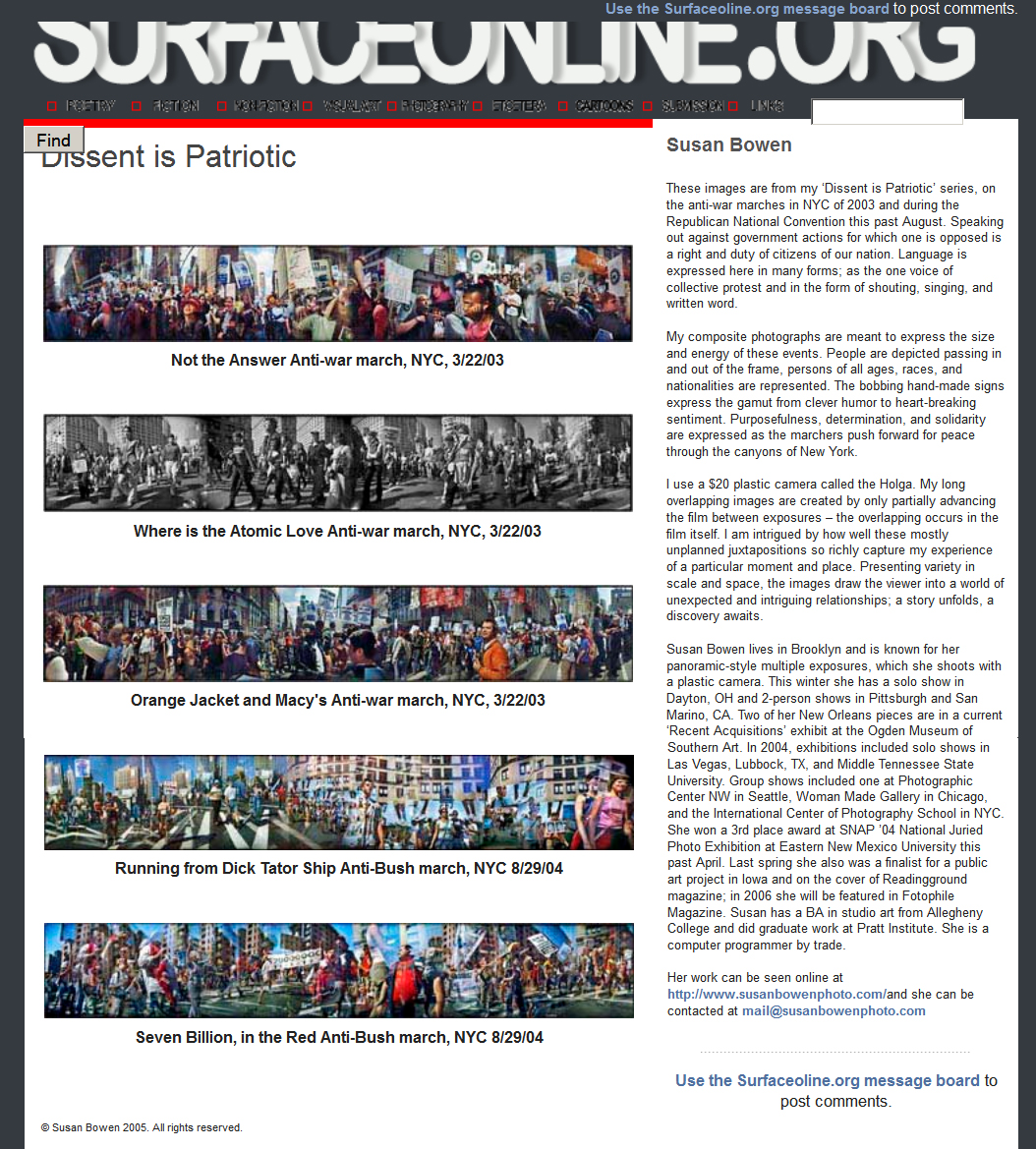
February 17, 2005
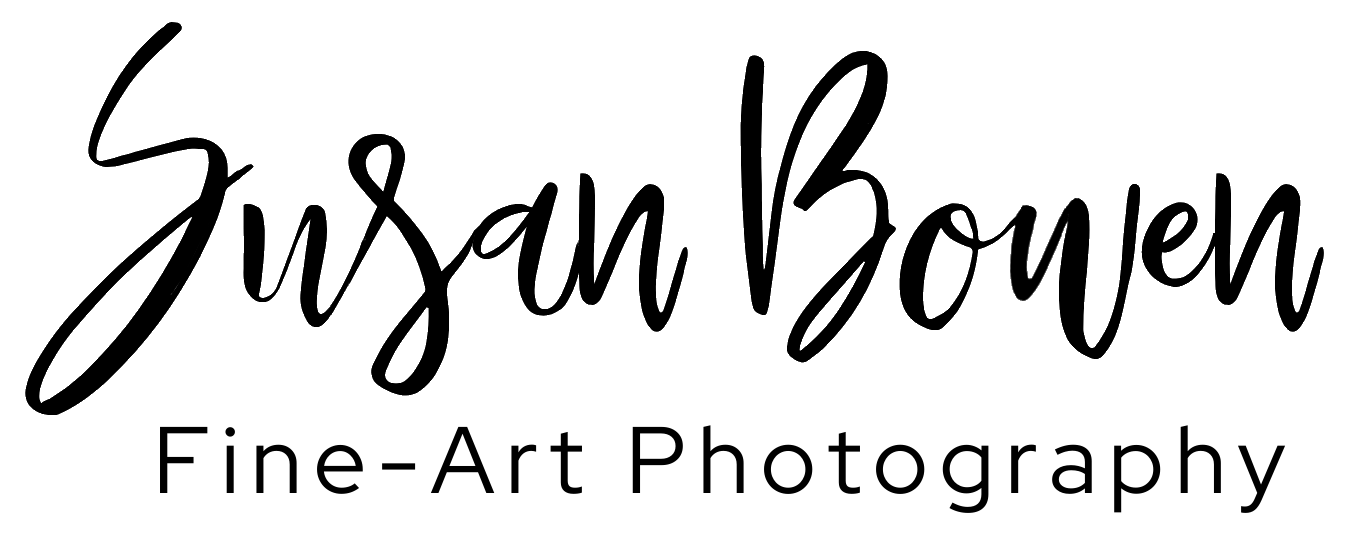
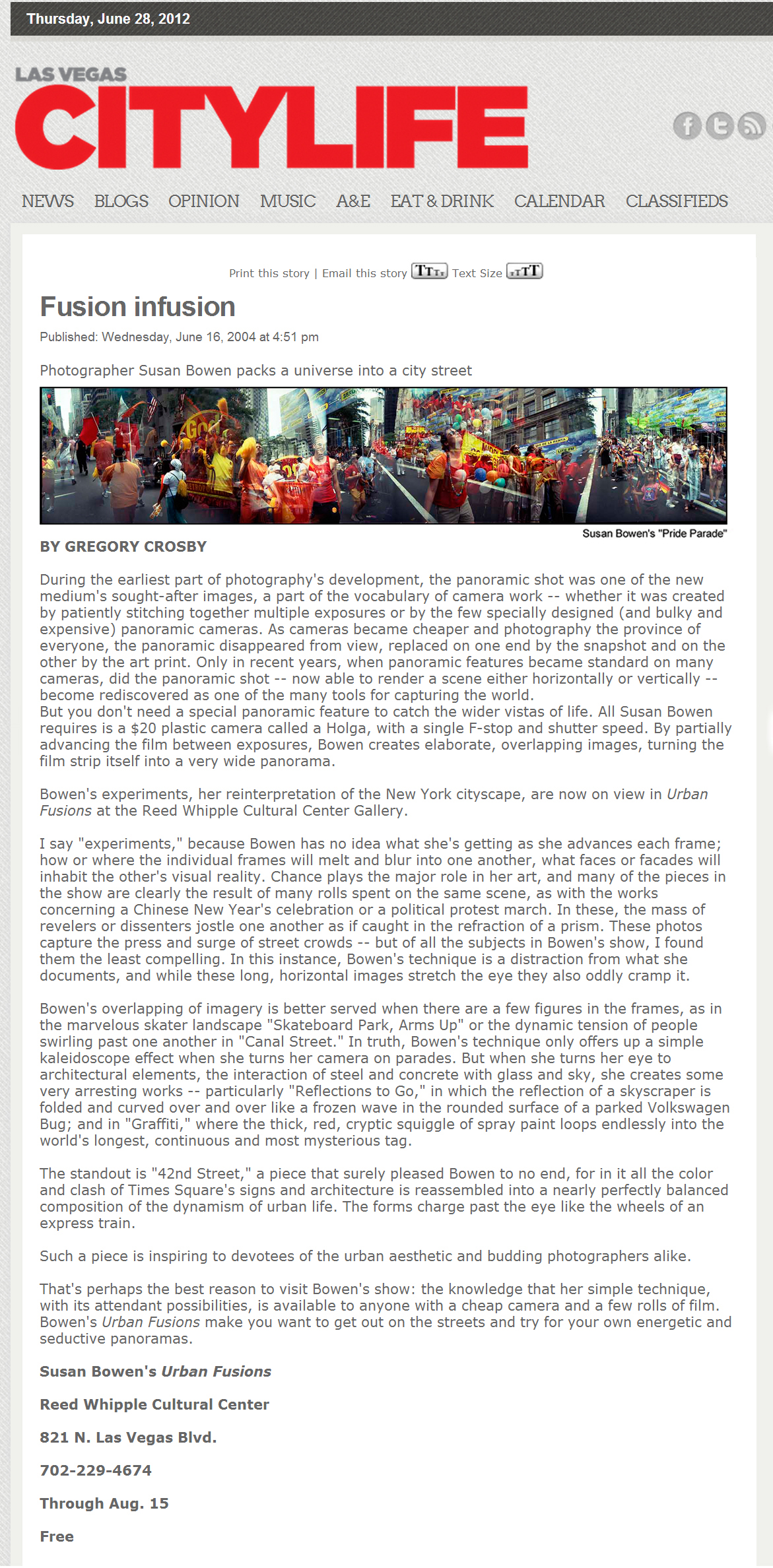
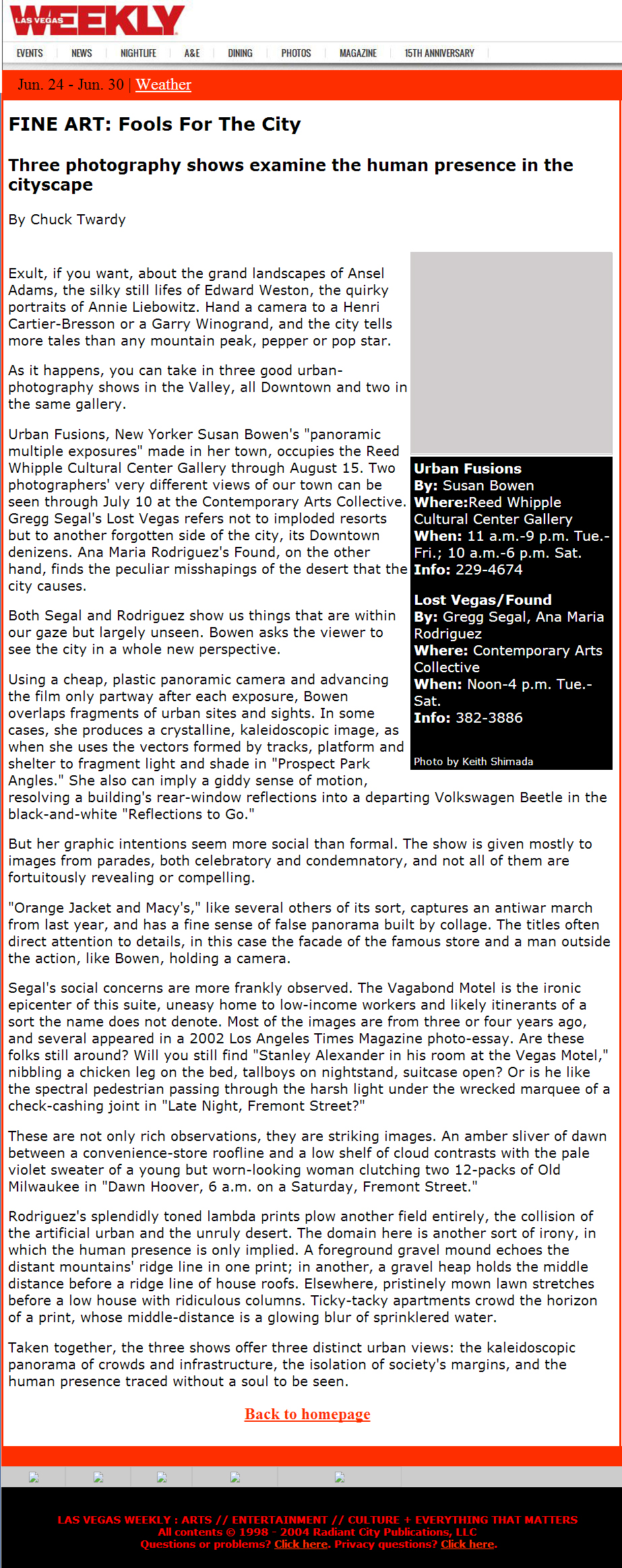
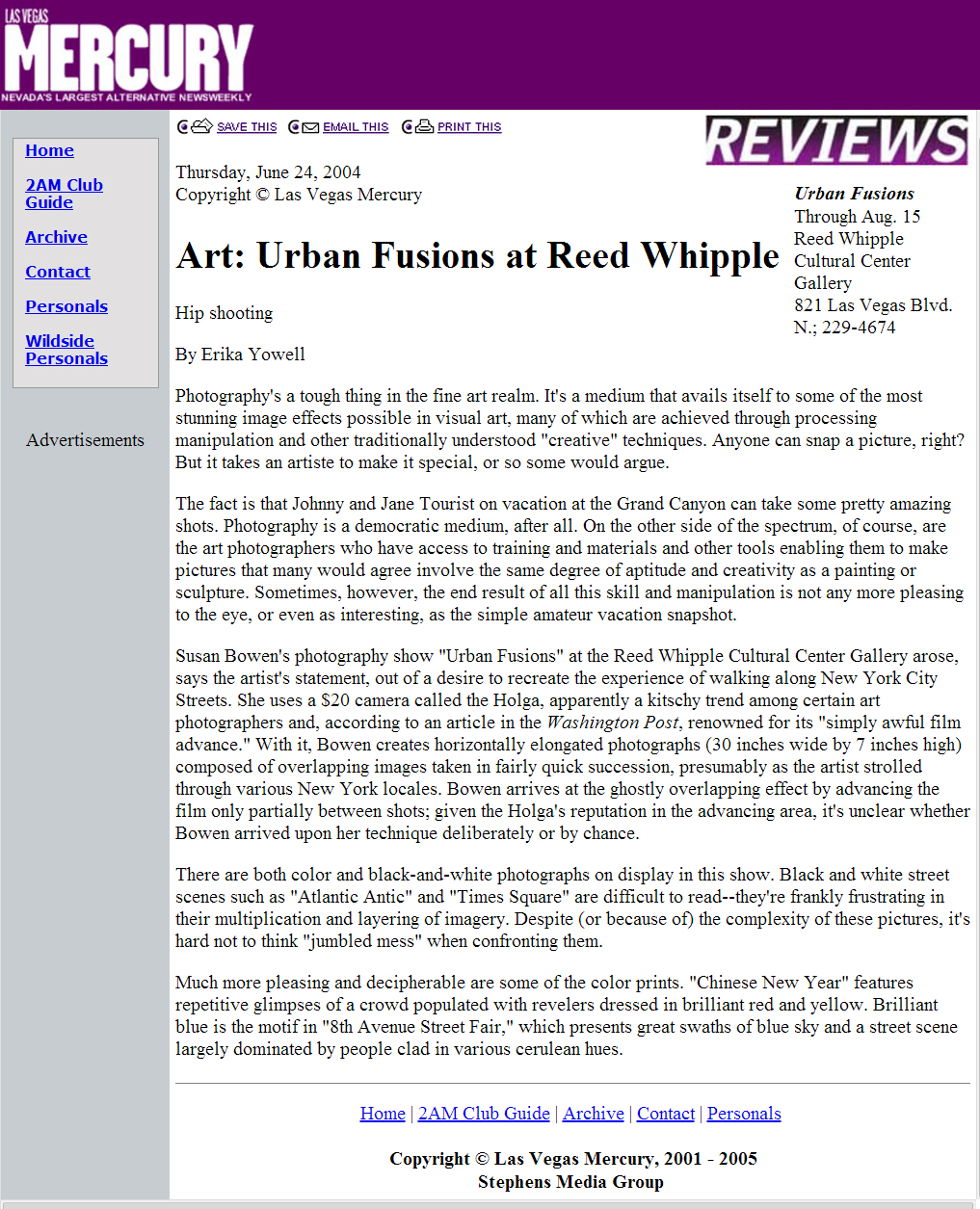
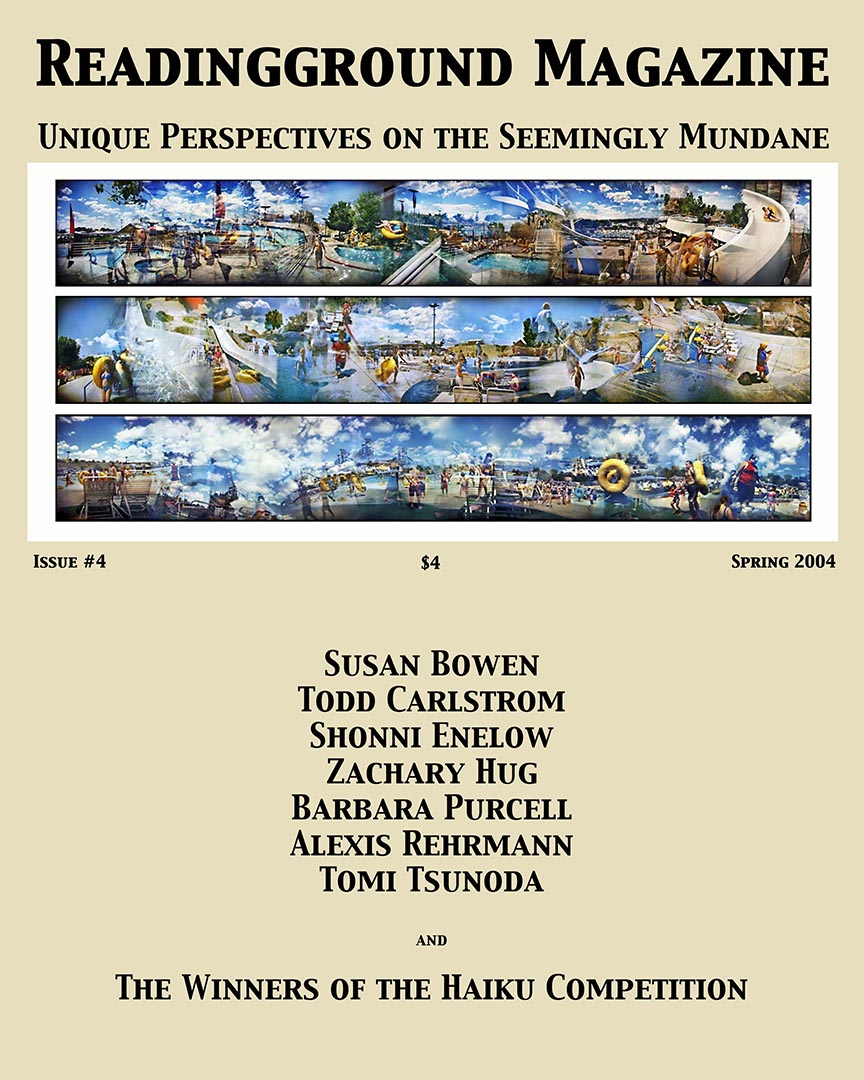
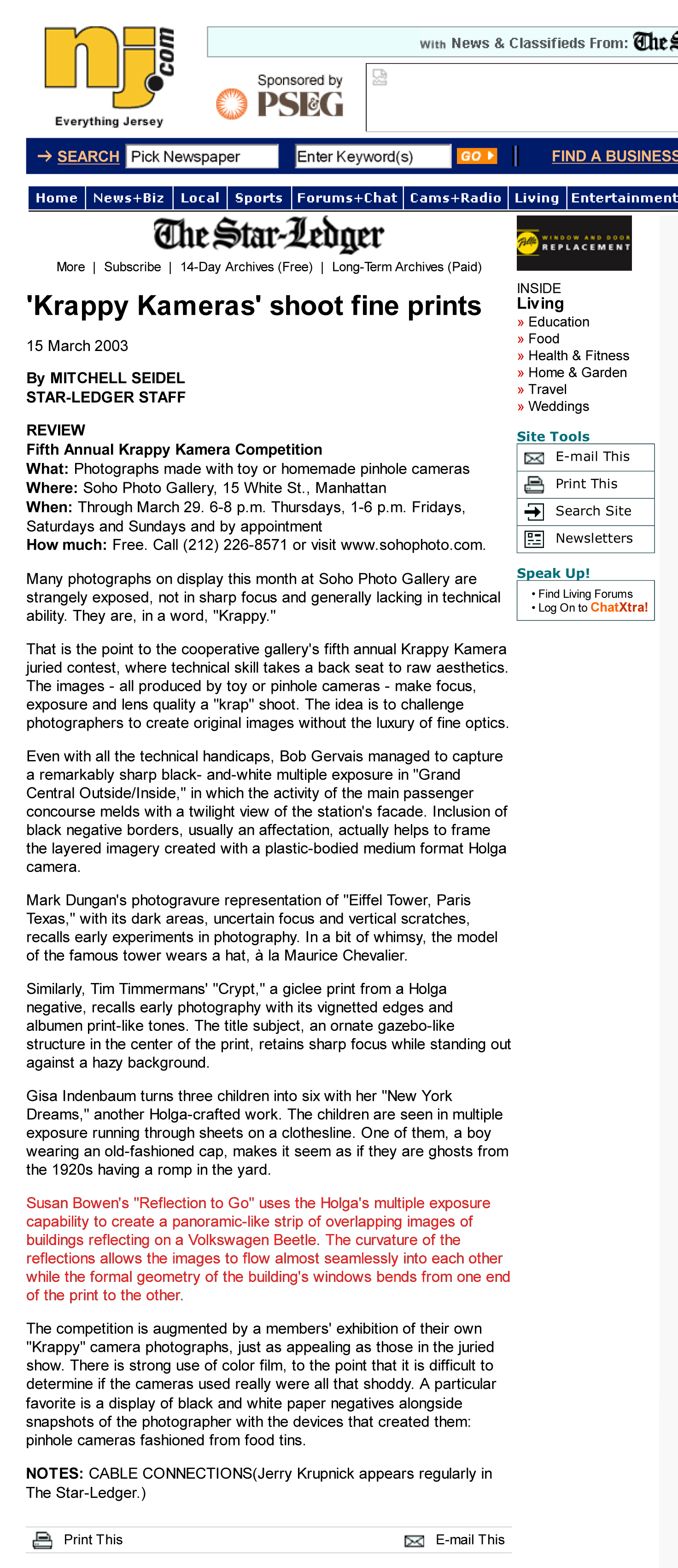
February 17 – April 20, 2005